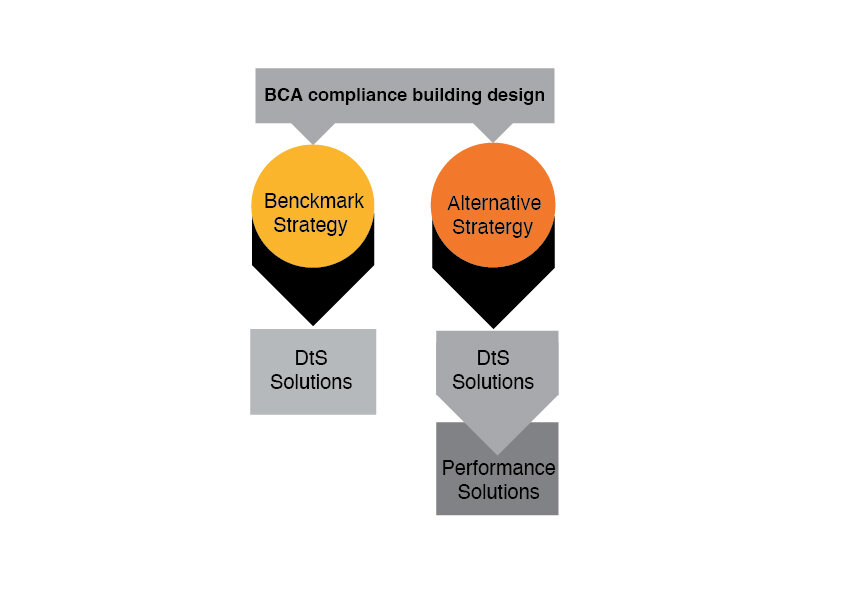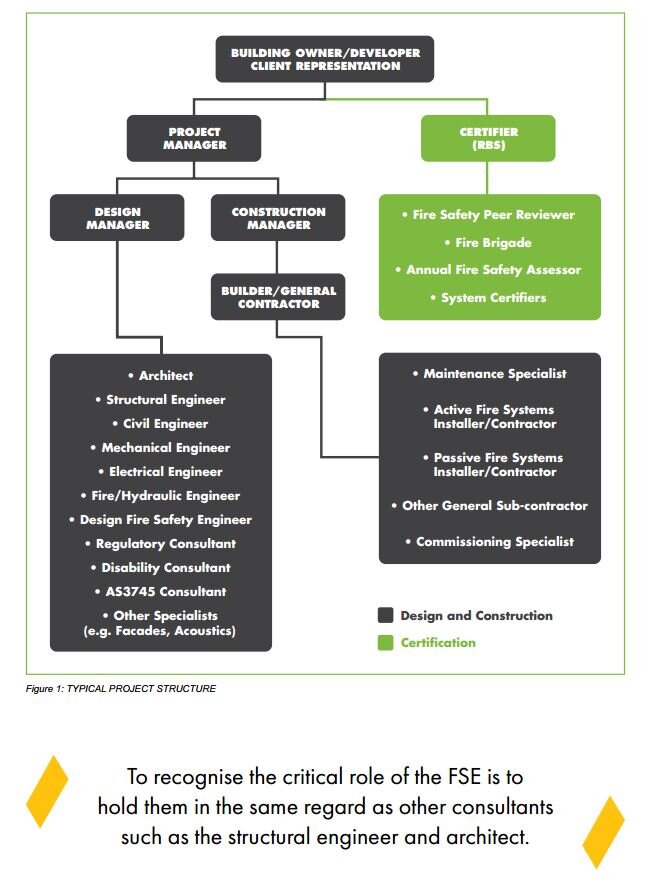Fire Engineering
/Fire Engineering is the practice of designing buildings for safety from fire. Buildings are constructed per legislation and regulations and are subject to regular inspection and Audit by a Fire Safety Engineer.
Fire Engineering involves fire protection engineering and fire safety engineering.
Photo by Joanna Kosinska on Unsplash, Photo by Romain Dancre on Unsplash
Fire Protection Engineering
A Fire Protection Engineer designs the Fire Protection services and systems, for example, sprinkler, manual suppression systems, alarm and detection systems.
Fire Safety Engineering
Most buildings will benefit from Fire Safety Design using Performance Solutions. The Fire Safety Engineering process develops a Fire Safety Strategy. The strategy consists of meeting the required Deemed-to-Satisfy provisions and Performance Requirements.
The Fire Safety Engineer creates an alternative building design for the BCA's fire safety requirements, contributing to developing the building's alternative strategy.
Fire Safety Design is developed through the engineering analysis application and accepted by the relevant authority having jurisdiction. Most commonly, the Building Surveyor and they will sometimes ask for Third Party certification.
Compliance to the BCA
There are two ways to achieve compliance with the BCA.
1. The First is Deemed-to-Satisfy (DtS). This means following the 'recipes' in the Building Code required for your building type and class.
2. The second option develops an optimal alternative strategy through a combination of DtS with Performance Solutions, which meets the Building Code's Performance Criteria.
Diagram by Alyce verheijden
Benefits of Alternative Building Strategy.
Every building that is constructed as a building strategy, and the designer is the one who makes the decision. The decision is to follow the DtS requirements resulting in benchmark design.
The Building Designer may select to engage many specialist sub-consultants to develop an alternative strategy.
If the fire safety requirements differ from the DtS, we can help develop that strategy using performance solutions.
Benefits from Performance Solution include:
Extended exit distances;
Reduced Fire Resistance Levels of the structure;
Reduced distance to an FSF (Fire Source Feature); and
Reduced Sprinklers.
Optimal performance solutions depend on building analysis; the Fire Safety Engineer must provide evidence to be accepted by the Authority having Jurisdiction. Usually, the Building Surveyor may also require acceptance from the Fire Brigade or Third-Party Certification.
To provide evidence, the FSE must consider;
Structure
Human behaviours
Fire behaviour
Fire service system
Passive fire protection system
What is the best time to Optimise Performance Solutions?
The earlier you engage the Fire Safety Engineer in the Design Process, and the more information you provide, the happier you will be with the outcome.
The building design process roles and responsibilities are summarised in the following diagram.
DIAGRAM BY WARREN CENTRE
Lange, D., Torero, J. and Johnson, P., 2020. The Roles Report. 1st ed. Sydney: The Warren Centre for Advanced Engineering, p.28.
Call us
Integrated Fire Service do Fires Safety Engineering and Fire Protection Engineering.
Give us a call. Ask for Alyce.



